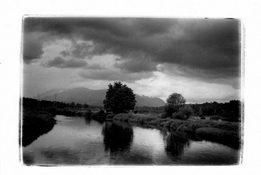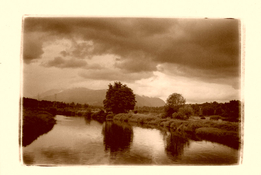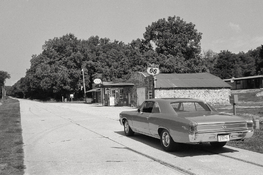SteveInNZ
Member
I'm fairly new at this and I'm really enjoying the process of using older cameras. My main camera is a Pony Premo #2 4x5 from around the turn of the century.
However, the results are just too good !!
When I get it right, the images are sharp and evenly exposed. I may as well have taken them with a cellphone.
If I put them into Photoshop and reduce the contrast, add grain, vignetting, etc and generally make them look poor, I get a lot of good feedback.
I recently took some shots with a Box Brownie and the focus was out. I gave them the Photoshop treatment, set on appalling to cover it up and again, lots of wows.
This really doesn't sit well with me. The camera performs well, despite being 120 years old. It seems disingenuous to take what it actually produces and ruin it to match peoples' expectations of an old camera. What's more, I'd be better to take a color (digital) photo so that I can take the reds out and make a more authentic (?) old looking photo.
On the one hand I have a genuine, yet rather boring photo and on the other a (somewhat fake) interpretation that stands out from the rest.
I'd be interested if others feel the same way.
Steve.
However, the results are just too good !!
When I get it right, the images are sharp and evenly exposed. I may as well have taken them with a cellphone.
If I put them into Photoshop and reduce the contrast, add grain, vignetting, etc and generally make them look poor, I get a lot of good feedback.
I recently took some shots with a Box Brownie and the focus was out. I gave them the Photoshop treatment, set on appalling to cover it up and again, lots of wows.
This really doesn't sit well with me. The camera performs well, despite being 120 years old. It seems disingenuous to take what it actually produces and ruin it to match peoples' expectations of an old camera. What's more, I'd be better to take a color (digital) photo so that I can take the reds out and make a more authentic (?) old looking photo.
On the one hand I have a genuine, yet rather boring photo and on the other a (somewhat fake) interpretation that stands out from the rest.
I'd be interested if others feel the same way.
Steve.






 .
.


